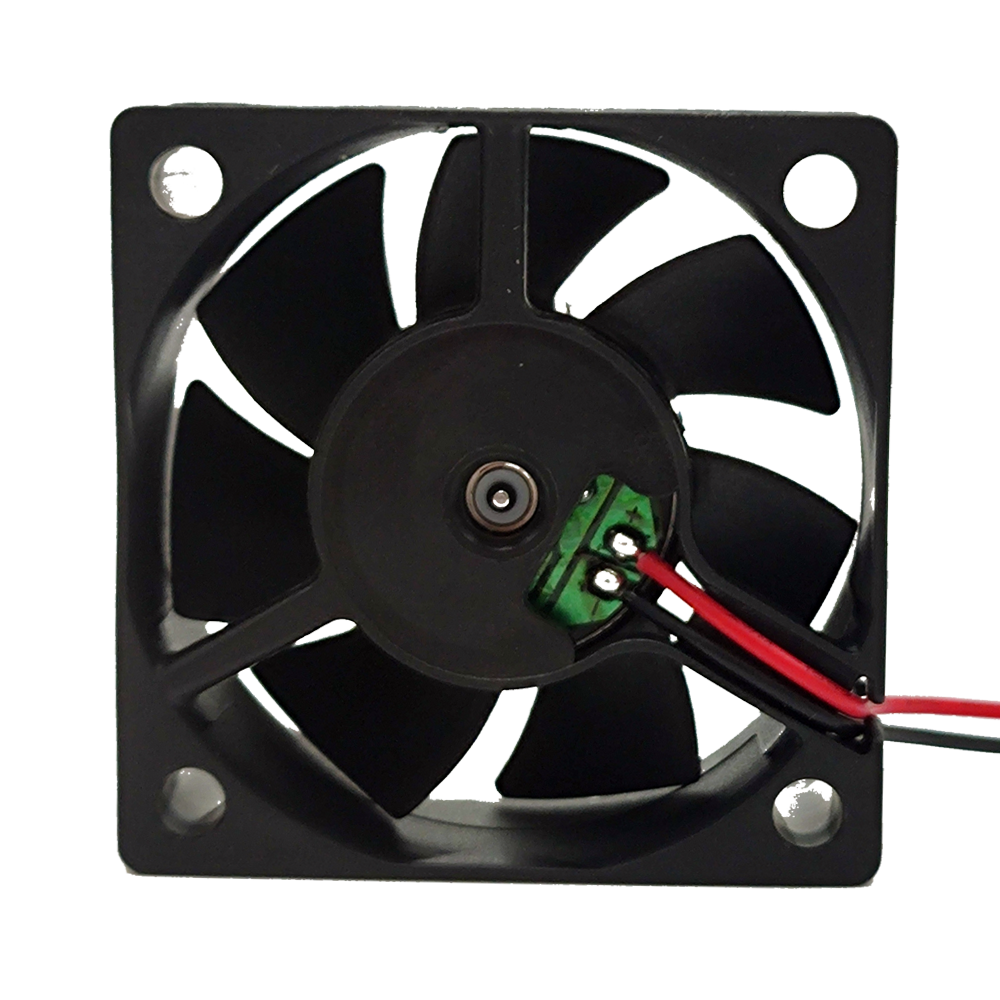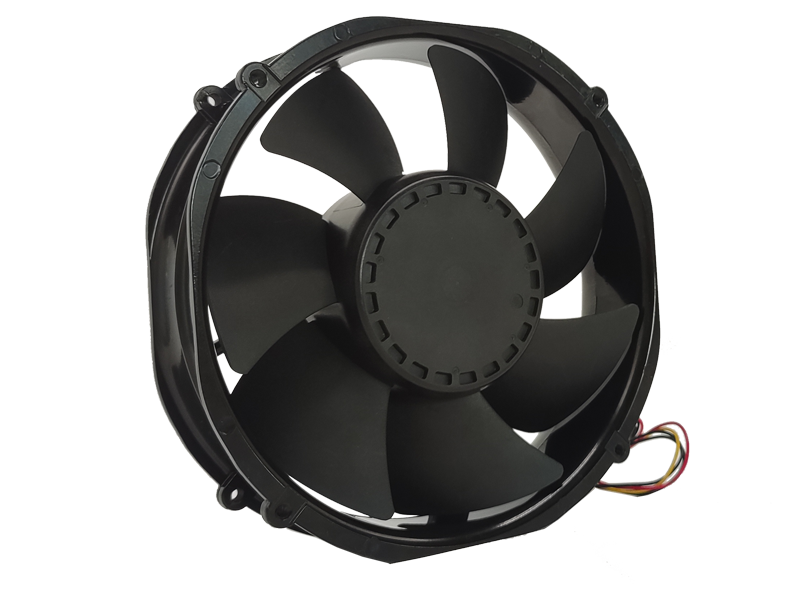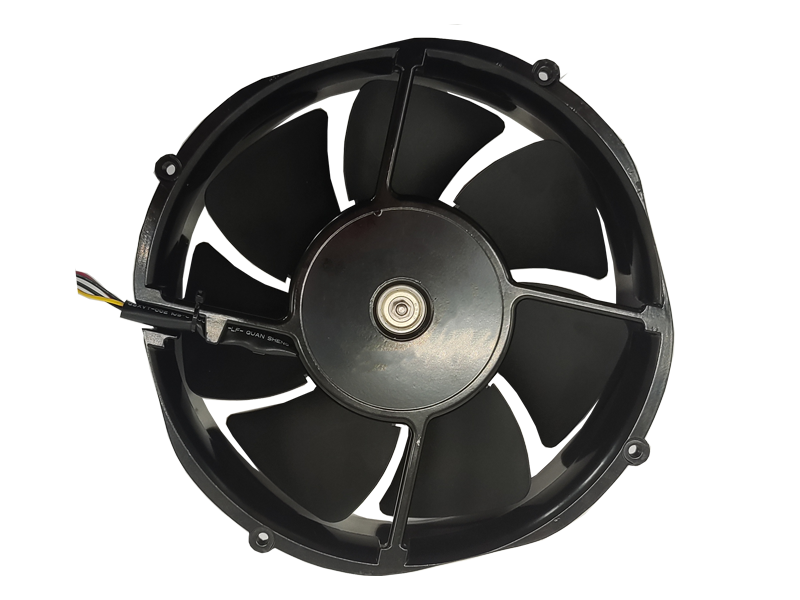In the rapidly evolving world of manufacturing and industrial operations, maintaining optimal environmental conditions within factories, warehouses, and production facilities is paramount to both productivity and safety. One often overlooked yet vital component in this process is the industrial fan. These fans serve as the backbone of ventilation systems, helping to regulate temperature, remove fumes and airborne contaminants, and ensure air circulation across large areas. This article explores the critical role of industrial fans in manufacturing, highlighting their efficiency, safety benefits, and impact on overall productivity.
I. Understanding the Role of Industrial Fans
Industrial fans are robust, heavy-duty machines designed to circulate air or gas in large volumes. Unlike regular household fans, industrial fans are engineered to handle the demands of large-scale operations, such as those found in factories, warehouses, and power plants. Their primary purpose is to provide effective ventilation, ensuring that the environment remains safe, comfortable, and conducive to work. Industrial fans are typically used for the following purposes:
Temperature Control: One of the most important functions of industrial fans is maintaining a consistent temperature in a facility. In environments where machinery generates excessive heat, such as in metalworking, plastics manufacturing, and chemical processing, fans help disperse this heat and prevent equipment from overheating. By promoting the even distribution of air, industrial fans can lower the overall temperature, ensuring that the machinery operates within safe thermal limits.
Air Circulation: Industrial fans improve air circulation within large, open spaces. Proper air movement helps prevent stagnant air, which can harbor harmful airborne pollutants and lead to discomfort for workers. A consistent flow of air allows for better oxygenation, improving the overall work environment and ensuring workers remain alert and productive.
Dust and Fume Extraction: Certain manufacturing processes—such as welding, grinding, and cutting—generate harmful dust, fumes, and particulate matter. Industrial fans are crucial in extracting these contaminants from the air and expelling them outside the facility or filtering them for safe disposal. By removing hazardous particles, industrial fans help reduce health risks to workers and maintain compliance with safety regulations.
II. Types of Industrial Fans
Industrial fans come in a wide variety of designs, each suited to specific tasks and operational requirements. The type of fan chosen for an industrial application depends on factors such as the size of the space, the type of ventilation needed, and the environmental conditions. The most common types of industrial fans include:
Axial Fans: Axial fans are the most common type of industrial fan. They work by drawing air in along the axis of the fan and pushing it out in the same direction. These fans are ideal for applications that require a high volume of air movement with relatively low resistance. They are commonly used in cooling systems, air handling units, and ventilation systems for factories and warehouses.
Centrifugal Fans: Unlike axial fans, centrifugal fans draw air into the fan along the axis but then expel it at a 90-degree angle. These fans are better suited for applications that require the air to be moved through ducts or systems with higher resistance, such as HVAC systems in large buildings or exhaust systems in industrial plants. They are also effective at moving air over longer distances.
Blowers: Blowers are high-pressure industrial fans used for specialized applications such as air knives, drying systems, and industrial cooling. They can generate higher air pressure than axial or centrifugal fans and are commonly used in material handling, chemical processing, and drying operations.
Vaneaxial Fans: Vaneaxial fans combine the characteristics of both axial and centrifugal fans. They are equipped with vanes that help to direct airflow and enhance efficiency. Vaneaxial fans are often used in situations where there is moderate resistance to airflow, such as in cooling towers and ventilation systems in large industrial spaces.
III. Benefits of Industrial Fans
The use of industrial fans brings numerous benefits to manufacturing and industrial settings. These advantages go beyond just improving air quality—they also play a critical role in enhancing overall productivity, reducing energy consumption, and improving worker safety.
Energy Efficiency: Modern industrial fans are designed with energy efficiency in mind. Advances in fan blade design, motor efficiency, and variable-speed control have made it possible to operate fans using less energy. This reduces the overall power consumption of the facility, leading to lower operational costs. Additionally, variable-speed fans can adjust their performance based on the specific needs of the space, further optimizing energy usage.
Cost Savings: By improving ventilation and reducing the need for air conditioning or additional cooling systems, industrial fans can significantly reduce operating costs. In applications where temperature control is critical, fans help maintain an even distribution of heat, which can prolong the lifespan of machinery and reduce maintenance costs.
Improved Worker Health and Safety: In hazardous environments, where workers are exposed to fumes, dust, or extreme temperatures, industrial fans provide an essential means of protection. By continuously circulating fresh air and removing contaminants, fans help prevent health problems such as respiratory issues, heat stress, and fatigue. Moreover, the removal of toxic fumes from the air prevents dangerous buildups that could result in explosions or other safety incidents.
Increased Productivity: By improving the work environment, industrial fans contribute to increased productivity. Proper ventilation can help workers stay comfortable and focused, while temperature control can prevent overheating of machinery, reducing downtime. In industries where heat or poor air quality could hinder workers' performance, industrial fans are a simple yet effective solution to maintain high levels of efficiency.

IV. Choosing the Right Industrial Fan
Selecting the right industrial fan is critical to maximizing its effectiveness and ensuring it meets the operational requirements of the facility. Factors to consider include the size of the space, the amount of heat generated, the level of air circulation needed, and any specific safety concerns related to the production process. It’s also essential to consider the fan's energy efficiency, as this can have a significant impact on long-term operational costs.
Additionally, regular maintenance is crucial to ensure that industrial fans continue to operate effectively. Regular cleaning of the fan blades, checking the bearings, and inspecting the motor for signs of wear and tear will help prolong the fan's life and ensure its continued optimal performance.
V. Conclusion
Industrial fans are a critical component of modern manufacturing and industrial operations. Their ability to regulate temperature, improve air circulation, and remove harmful contaminants makes them indispensable in ensuring a safe, productive, and energy-efficient environment. By choosing the right fan and maintaining it properly, businesses can improve overall efficiency, reduce costs, and enhance worker safety. As industrial operations continue to grow, the role of industrial fans will remain as vital as ever, supporting the ongoing drive for innovation and sustainability in manufacturing.
Recommended Products

The main purpose:Car charging station

The main purpose:Car charging station

The main purpose:Electronic refrigerators, water dispensers, direct drinking machines, inverter power supplies
Address:No. 4137, Longgang Avenue (Henggang Section), Henggang Community, Henggang Street, Longgang District, Shenzhen
hotline:13530005572(Chen)15112579390(Li)


Welcome all friends to come for consultation and negotiation.
Copyright 2024 @ Shenzhen Youneng Xinyuan Electronics Co., Ltd.,(industrial fans,industrial blowers,axial fans,cooling fans manufacturer,centrifugal fans,ac cooling fans,dc cooling fans)